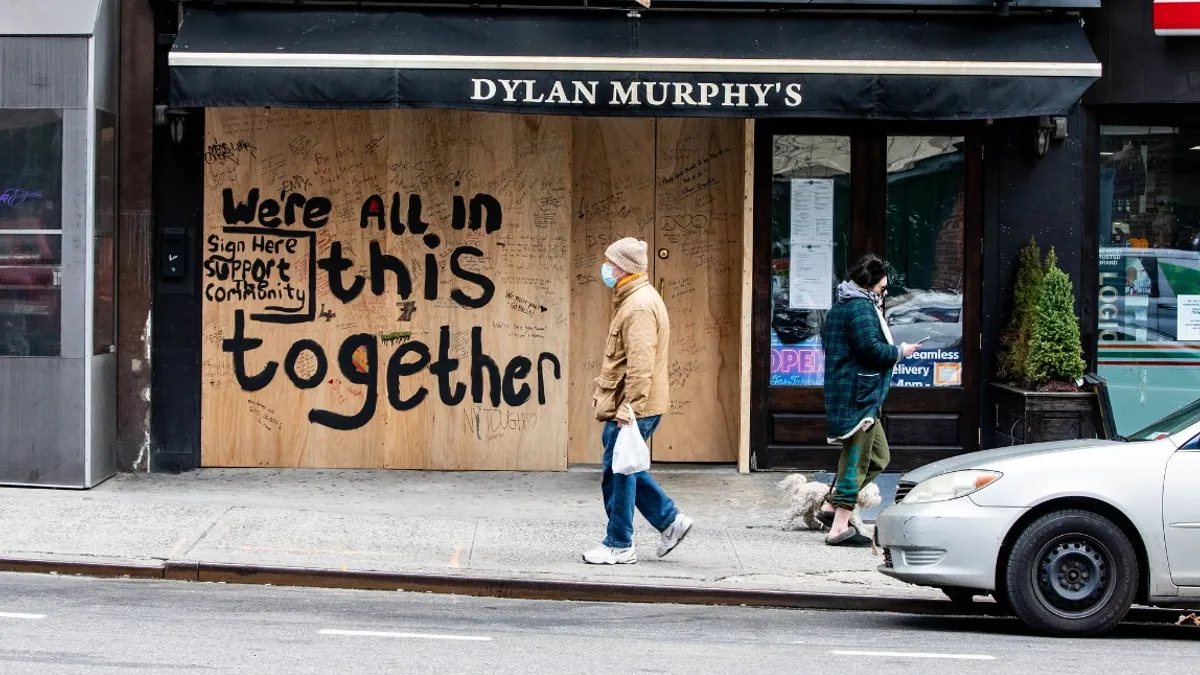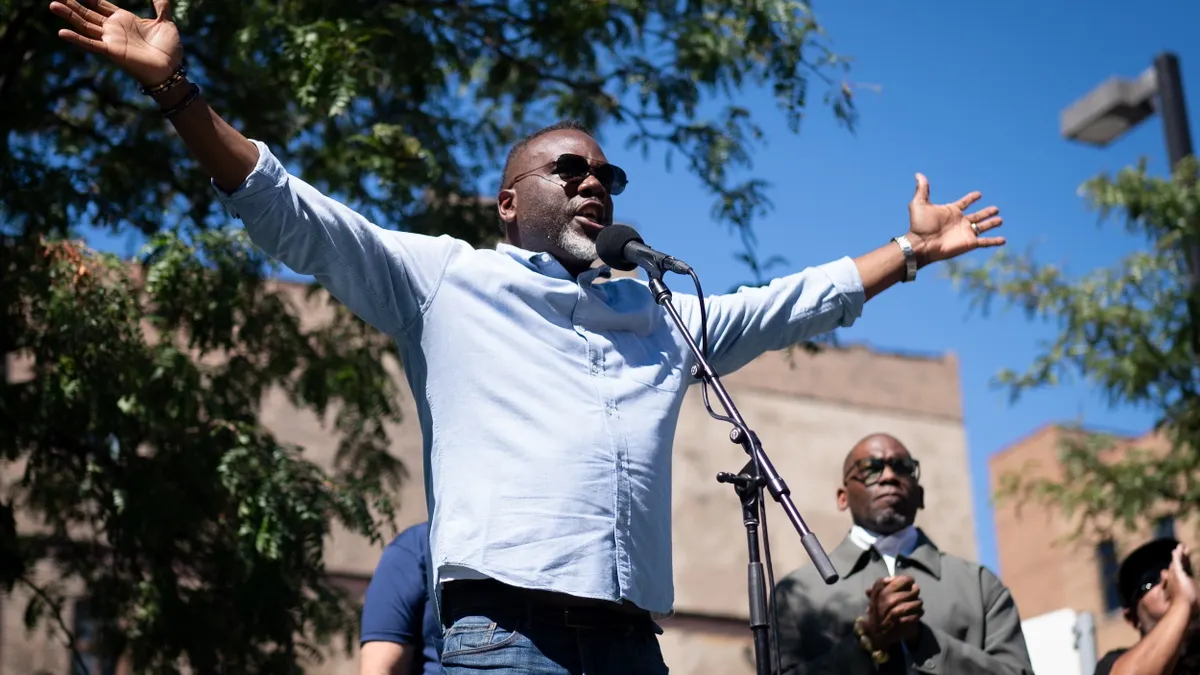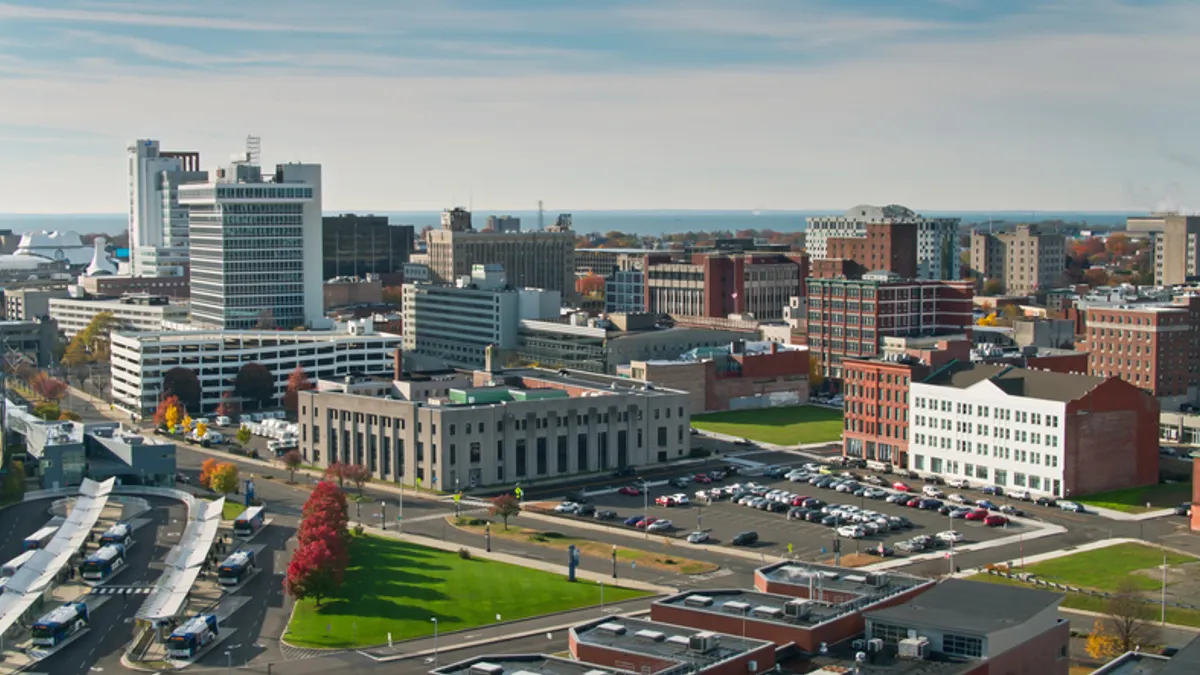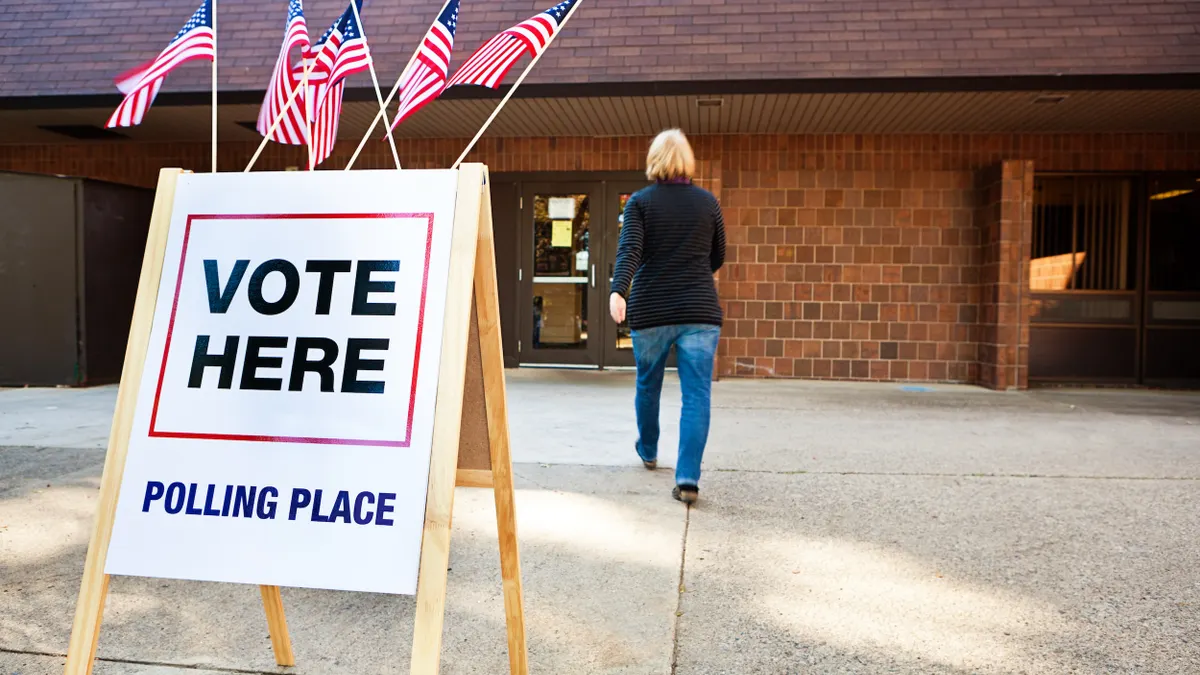Florida's Holly Hill Mayor Chris Via sat in self-isolation with his family in July after discovering he had come in contact with someone who had COVID-19. Via waited 17 days for his positive test to come back, during which he experienced exhaustion and shortness of breath, sometimes running out of air while talking on the phone.
While grappling with this health challenge, Via was also working to mitigate COVID-19 in his 12,000-person city. "We are put in the position of the ability to create policy based on the health of our community," said Via, who has served as mayor since 2018. "It was unique to be going through [COVID-19] at that time."
The unease that results from a leader in crisis is something dozens of cities nationwide have faced amid the coronavirus pandemic, even in some of the largest metro areas. Miami Mayor Francis Suarez, for instance, tested positive for COVID-19 in March while Atlanta Mayor Keisha Lance Bottoms revealed she had contracted the virus in July.
The vulnerability of even the most authoritative local government leaders suggests cities must have plans in place to ensure operations can continue running when high-level leaders need to step back — due to COVID-19 or not.
If this pandemic had happened 20 years ago, it would have shut down city halls, Via said. "But now, the beauty is that we were able to work certain people remotely," he explained, noting Holly Hill Vice Mayor John Penny ran two in-person meetings while Via attended remotely from self-isolation.
"There were no controversial votes or anything at the two meetings that I couldn't be at and attended remotely, but if there ever was, one vote on a commission of five is extremely powerful and could really sway public policy sometimes," he said. "It's very important that commissions are proactive in setting standards for themselves to be able to still participate, especially when there's a threat of a pandemic that could keep you out of a meeting."
Keeping lines of communication open
In February, Ara Mihranian became city manager of Rancho Palos Verdes, an affluent Los Angeles suburb of 41,000 people. Just a few weeks later, the city began dealing with COVID-19, with Mayor John Cruikshank testing positive in March.
The news of Cruikshank's COVID-19 test shut down city hall and prompted a virtual all-hands-on-deck meeting. Contract tracing led Mihranian to quarantine for 14 days. Ultimately, he did not test positive for COVID-19, though the deputy city manager would have stepped in if Mihranian had to take time off work.
Mihranian, along with other city employees, made a conscious effort to keep the public informed of the health concerns among leadership.
"Without the communication there, there's going to be a lot of questions and unknowns," he said. "When people have questions and they're not really hearing from their government, then there's a sense of uncertainty and fear."
Rancho Palos Verdes kept running smoothly as the mayor, who holds the same authority as the four other councilmembers, was only out for a long weekend. But dealing with COVID-19 has changed how the city and others will internally prepare for future crises, Mihranian said.
“When cities prepare for emergencies, we prepare for wildfire, earthquakes, things like that, at least here in California,” he said. “No one prepares for a health pandemic. Clearly, that's going to change.”
Planning is crucial for cities if they are to successfully navigate a crisis, especially when leadership can be directly affected, said Renata Elias, vice president of Marsh Advisory's consulting solutions.
"I have spoken to many organizations where they'll say if we work together all the time on a day-to-day basis, we'll be fine," Elias said. "That's not the case in a crisis… It's a totally different situation. So you need to have those processes in place ahead of time to be able to respond in a really effective manner in order to protect your people and your community in which you serve."
She advised that governments prepare 2-3 qualified alternates for key leadership positions, and said there should be a succession plan in case any official can’t return to work. Cities should also be aware of resources from the county, state, nonprofits or residents that can help aid the situation if it becomes too much to handle alone.
Whether it’s COVID-19 or another type of emergency, Elias said cities should also hold a tabletop exercise and run a crisis scenario where main personnel aren’t available. Talk about what would happen at key points throughout the process — when the incident occurs, 2-3 days later, a week later — and see where the lapses in response are, she said. Then fill those gaps and formalize any plans.
Planning ahead
With fall and winter approaching and more waves of COVID-19 anticipated, now is a crucial time for cities to look back at how they have responded to the pandemic since it arrived on American shores, Elias said. Identify what worked well and what didn’t to address any issues.
She also emphasized that COVID-19 is not the only crisis to prepare for, as a number of cities have dealt with hurricanes, wildfires and civic unrest over the past months.
"There's been a lot of different types of crises that cities have faced in addition to the big health crisis," Elias said. "So I think this is really important that cities get together, talk about what's happened, how it's gone, and really address and identify those areas that they felt need improving."





















